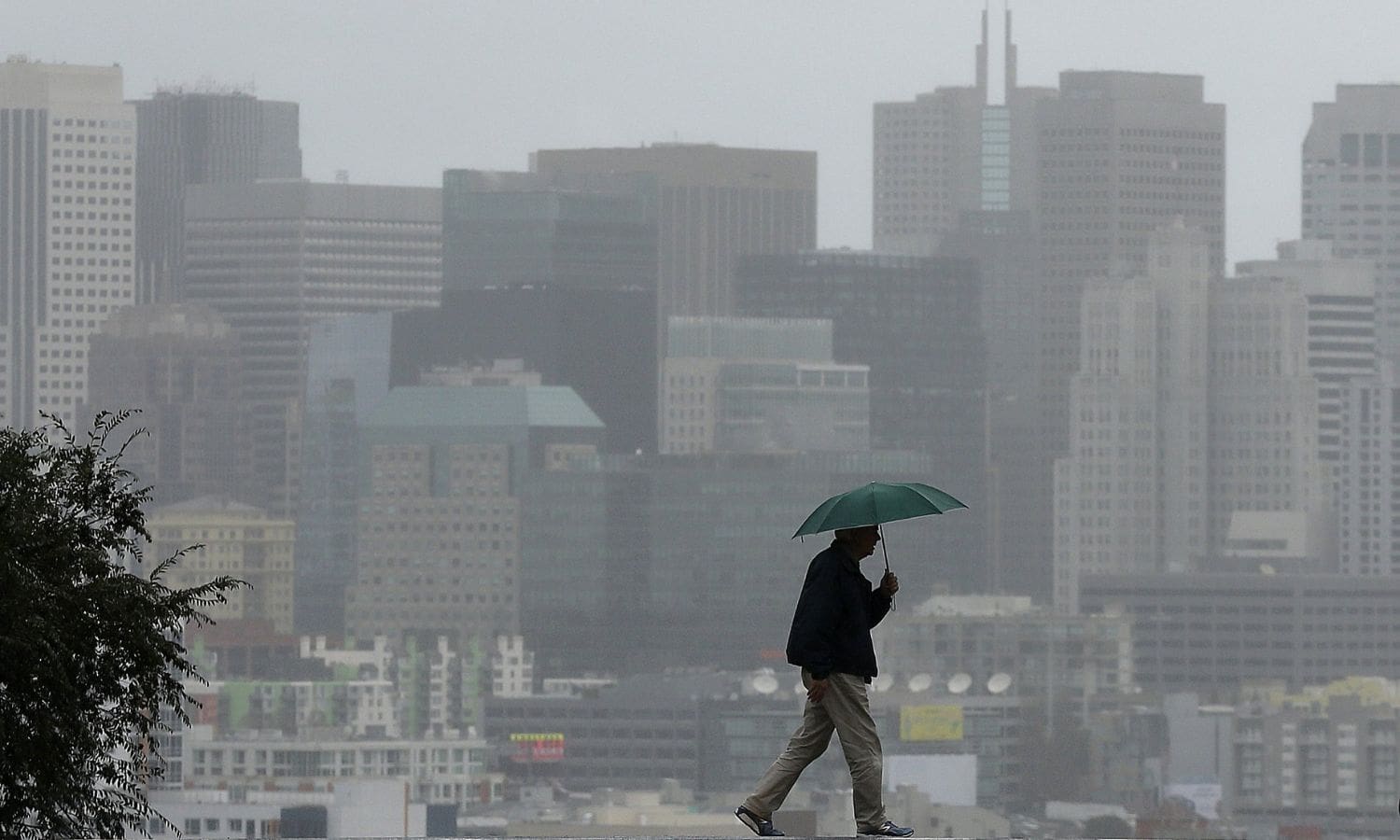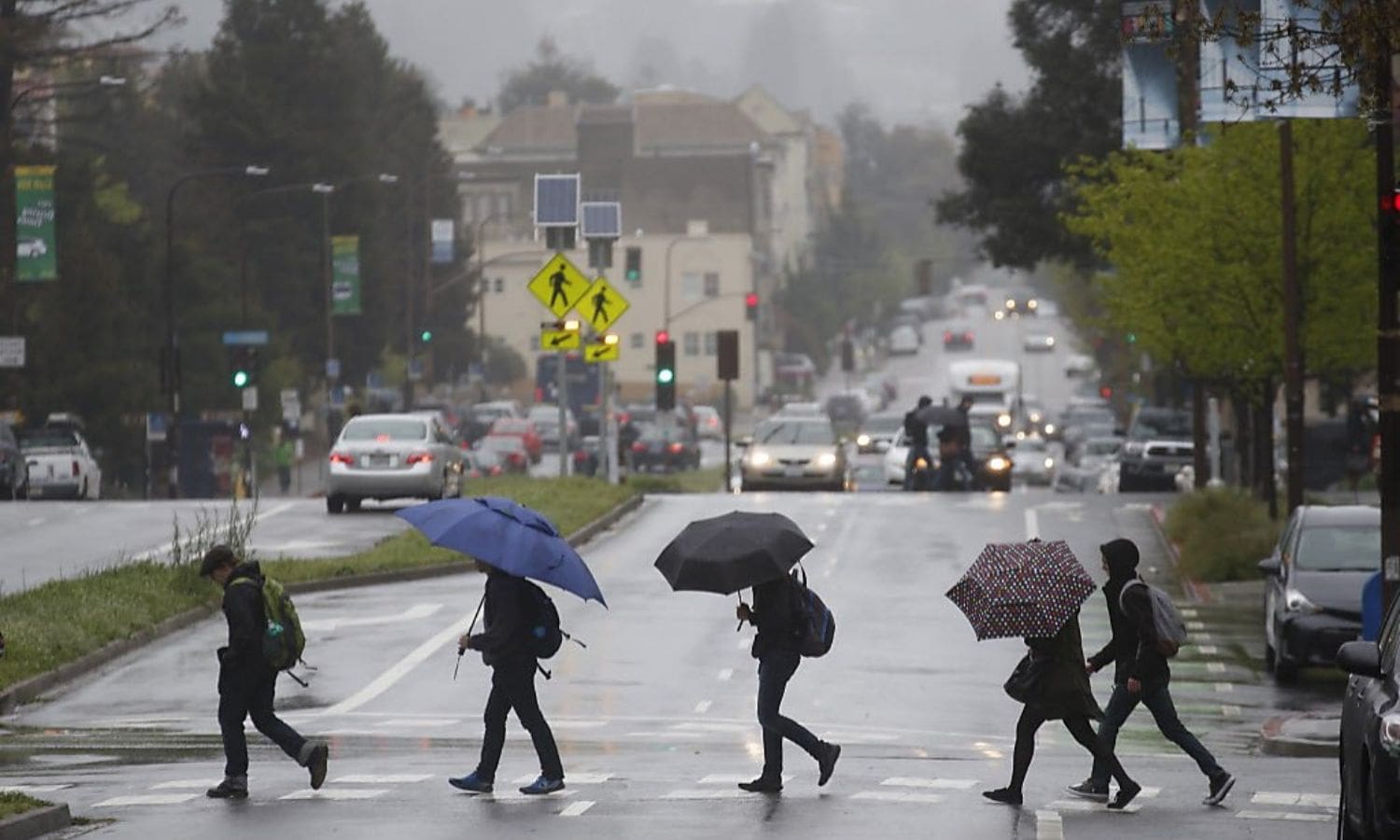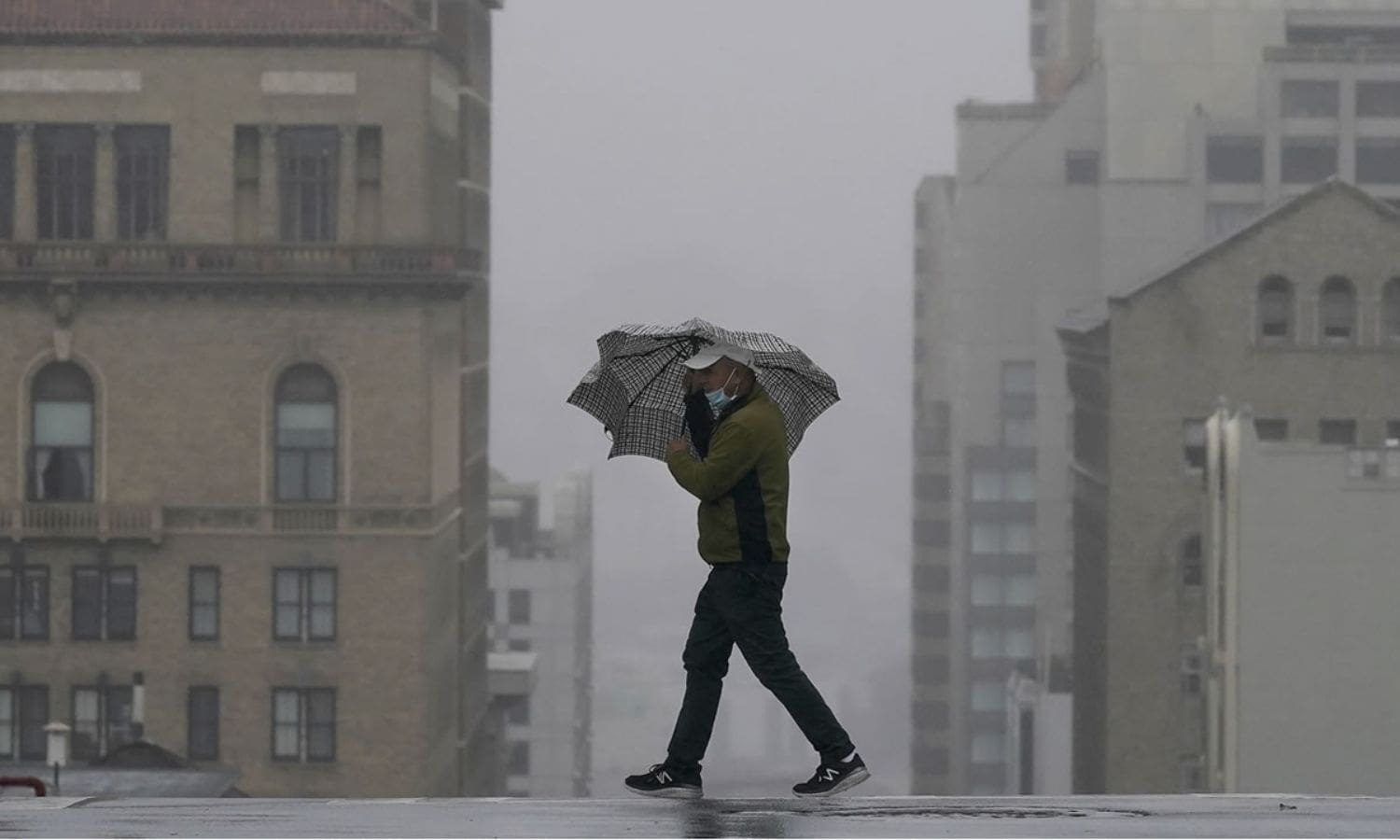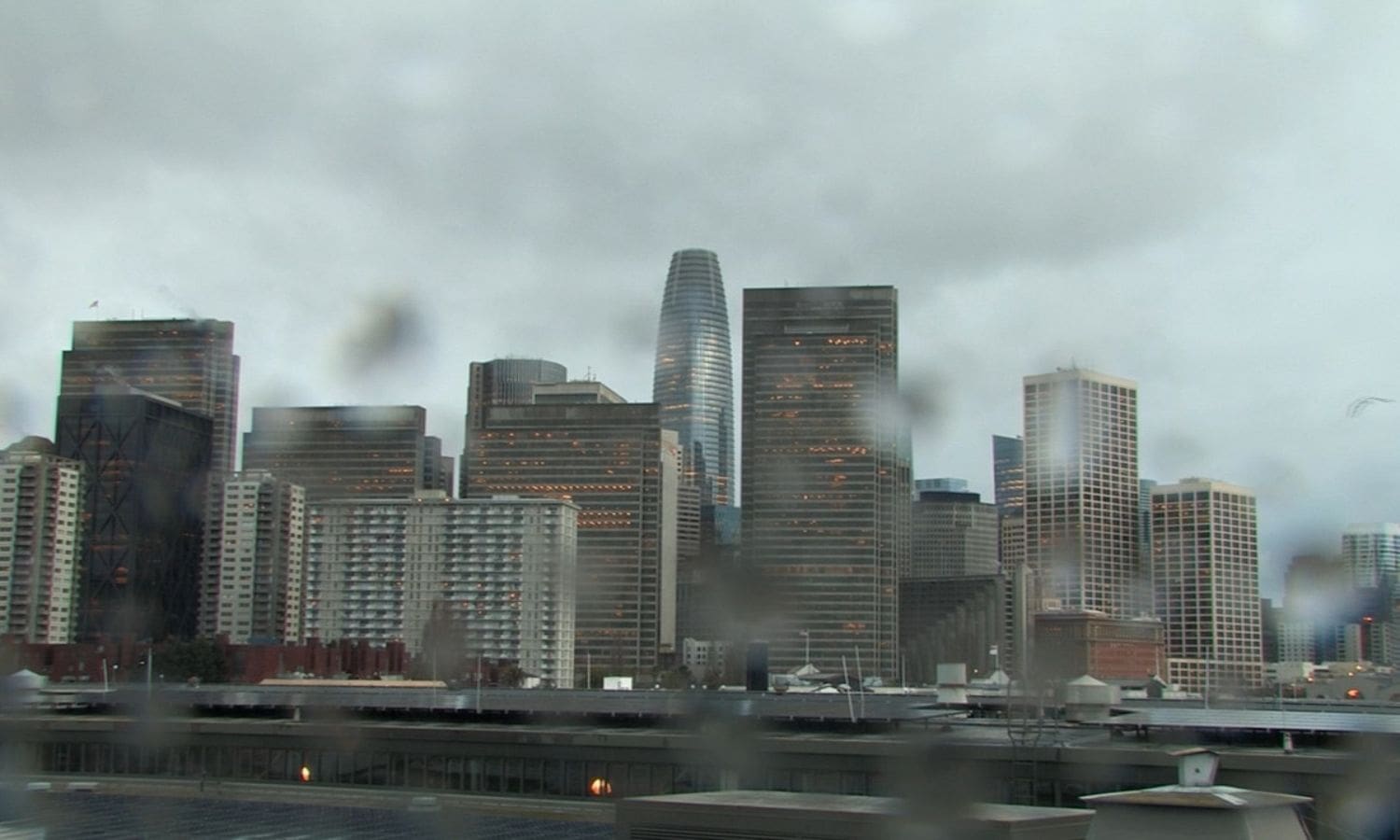Level 3 Storm Flood Watch: A level 3 storm is brewing, and as meteorologists closely monitor its progression, a flood watch has been put in place due to the heavy rain forecasted for Wednesday. The Storm Impact Scale, a reliable tool that gauges the severity of storms, has designated this weather event as significant, warranting heightened caution.
With an anticipated atmospheric river and a timeline that indicates peak storm intensity, it is crucial to stay informed about the potential risks and take necessary precautions. While rainfall predictions and flood risks are key concerns, the wind component and associated risks cannot be ignored either.
Furthermore, a winter storm watch has been issued for the Sierra region. The overall weather outlook, it becomes clear that this storm demands our undivided attention.
Key Takeaways Of Level 3 Storm Flood Watch
- The Level 3 storm expected to hit Sunnyvale on Wednesday has the potential for widespread damage, including flooding and downed trees.
- The storm is anticipated to peak in the late afternoon and evening, with gusts of 40-60 mph and heavy rainfall.
- The Bay Area, particularly the coastal hills and North Bay, will be impacted by intense rainfall, increasing the risk of flooding.
- Strong winds accompanying the storm pose a threat to power lines and may result in power outages.


Also Read: Lifesaving Care May Arrive Too Late in Sunnywale
Exclusive Storm Impact Scale and Anticipated Atmospheric River
The Exclusive Storm Impact Scale provides valuable insight into the severity of the upcoming Level 3 atmospheric river expected to hit Sunnyvale on Wednesday, highlighting the potential impacts such as flooding and downed trees.
This categorizes storms on a scale of 1 to 5, with Level 3 indicating a significant storm with the potential for widespread damage.
The anticipated atmospheric river brings with it heavy rainfall, which increases the risk of flooding in low-lying areas and near rivers and streams.
Additionally, the strong winds associated with the storm may result in downed trees and power outages.
It is important for residents to stay informed about the storm’s progress and to take necessary precautions to protect themselves and their property.
Meteorological Timeline and Peak Storm Intensity
As the Level 3 storm approaches, it is crucial to understand the meteorological timeline and anticipate the peak intensity of the upcoming weather system. Here are three key points to consider:
- Gradual Intensification: The storm is expected to progress throughout the day, with winds and rain gradually increasing in strength. This means that residents should prepare for worsening conditions over time.
- Peak Timing: The storm’s peak is anticipated in the late afternoon and evening. During this time, winds could gust at 40-60 mph, posing a potential threat to structures and trees. Heavy rainfall is also expected, which may lead to localized flooding.
- Potential Damage: As the storm reaches its maximum intensity, it is crucial to remain vigilant and take necessary precautions. Stay informed through reliable sources and be prepared to report any storm damage to the appropriate authorities.


Rainfall Predictions and Flood Risks
With rainfall predictions indicating the heaviest rain in the evening, concerns about flooding and rapid runoff are increasing in the Bay Area. The coastal hills, North Bay, and the broader Bay Area are expected to be impacted by this intense rainfall.
The potential for flooding is a significant worry, particularly in areas such as roads, streams, and creeks. To address these concerns, a Flood Watch has been put in place for the entire Bay Area. This means that residents should be prepared for possible flooding and take appropriate precautions.
It is crucial to stay informed about weather updates and follow any instructions or advisories from local authorities. The combination of heavy rain and rapid runoff poses a risk of flooding, so it is essential to prioritize safety during this storm.
Wind Component and Associated Risks
Focusing on the wind component of this storm, there are expected gusts of up to 45 mph, reaching 60 mph in the Santa Cruz Mountains. This poses several associated risks that need to be addressed:
- Falling trees: The saturated soil conditions increase the risk of trees toppling over. This can pose a potential threat to power lines, leading to power outages in affected areas.
- Power outages: With the increased risk of falling trees, power lines are susceptible to damage. This can result in power outages, affecting homes and businesses in the impacted regions.
- Wind advisories and warnings: To address the risks associated with the strong winds, wind advisories and warnings have been issued. It is crucial for residents to stay updated and take necessary precautions to ensure their safety.
Winter Storm Watch for Sierra and Overall Weather Outlook
Continuing our exploration of the storm’s impact, we now turn our attention to the Winter Storm Watch issued for the Sierra and the overall weather outlook.
As the storm system progresses, residents in the Sierra region should prepare for potentially hazardous conditions. The Winter Storm Watch indicates the possibility of significant snowfall, which could lead to difficult travel conditions and potential road closures.
In addition to the snow, the comprehensive weather outlook includes detailed information on the timeline of the storm, projected rainfall amounts, anticipated wind speeds, and snowfall forecasts.
It is crucial for residents in the affected areas to stay vigilant and take necessary precautions to ensure their safety and well-being during this complex weather event.


Conclusion Of Level 3 Storm Flood Watch
A level 3 storm is anticipated to hit on Wednesday, bringing heavy rain and the potential for flooding. The storm impact scale and atmospheric river have been closely monitored, and a meteorological timeline suggests peak intensity during this time.
Rainfall predictions indicate significant amounts, increasing the risk of flooding. Additionally, strong winds pose additional hazards. A winter storm watch is also in effect for the Sierra region.
Overall, the weather outlook is concerning, and precautions should be taken to ensure safety.
Our Reader’s Queries
Q1. How much rain did the Bay Area get during the bomb cyclone?
A. The recent storm fell short of the rainfall experienced during the New Year’s Eve storm in the Bay Area. Rainfall totals in urban areas, including downtown San Francisco, remained at the lower end of the forecast, with an impressive 5.5 inches recorded in less than 24 hours during the December event.
Q2. What causes flooding?
A. Flooding commonly occurs due to extended periods of rain spanning several days, intense rainfall over a short timeframe, or obstructions like ice or debris creating jams that lead rivers or streams to overflow onto their surroundings. Additionally, the failure of water control structures, like levees or dams, can contribute to flooding.
Q3. How much rain did the Bay Area get in 2023?
A. In the water year of 2023, San Francisco experienced one of the wettest periods in recent history, receiving approximately 34 inches of rainfall.
Q4. Who is responsible for flood?
A. Rivers carry a significant sediment load from their catchments. This, combined with the insufficient carrying capacity of rivers, contributes to issues such as floods, drainage congestion, and erosion along riverbanks. Flash floods, triggered by cyclones, cyclonic circulations, and cloud bursts, result in substantial losses.
Q5. Who saves people from floods?
A. Floodwater rescue teams often consist of responders from both local and regional entities. These responders could be individuals from the fire, police, or ambulance departments within a community, having undergone cross-training in fundamental water rescue techniques. Alternatively, they might be volunteers who have received comparable training.

